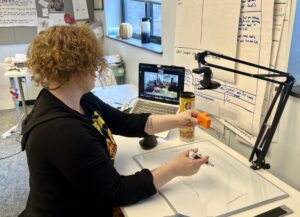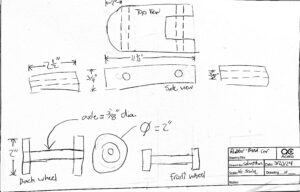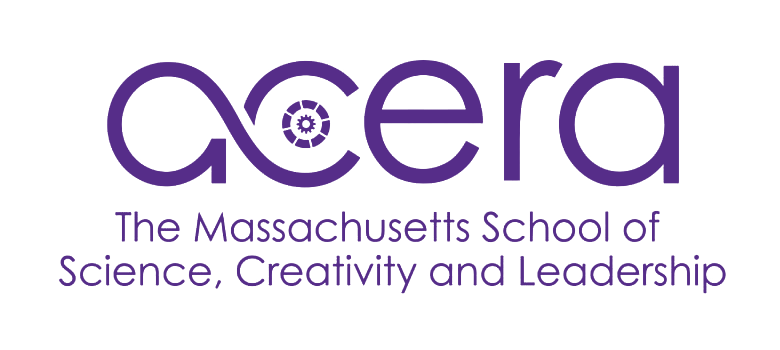Written by Alison Earnhart, MakerSpace Maven
This morning as we gathered for our third session of Computer Aided 3D Modeling in our AM Creativity Wednesday session, my students and I were greeted by a chorus of 6th grade voices from Little Singer Community School – a dual-language school in the Navajo Nation just East of Flagstaff, AZ. With a three hour time difference (this region of the Navajo Nation doesn’t observe Daylight Saving) it was the beginning of their school day at 8AM and the students shared their morning songs celebrating their heritage in their native language (Diné) with us via Zoom. The miracle of remote education, while begrudgingly accepted during COVID, can still be an amazing tool to bridge physical distances and cultures in an instant.
I began working with rockstar 6th grade educator Tom Thomas at the Little Singer Community School during my work at Tufts University a few years ago. Through a grant from the LEGO Foundation to support playful learning, I collaborated with Tom on developing and running a remote robotics and engineering program for his class (check out this video for a fantastic example of the kinds of work we did when I got to visit LSCS in person!). For three years, Tom and I worked together very closely even though we were two and a half THOUSAND miles apart. Naturally, we developed a close friendship and when I left Tufts to come to Acera, I knew I wanted to keep collaborating.
Fast forward to this trimester, where Mr. Jonathan and I are scheming to teach CAD (computer aided drafting/design) and mechanical drawing as a Creativity Wednesday session. Because the majority of the work is done on computers and I had had a lot of experience teaching CAD remotely to Tom’s students in previous years, I thought it would be the perfect opportunity to join forces once again! In addition to just teaching CAD skills, we could also roll in some remote collaboration experiences too.
The central hub of our course is a shared folder where students from both classes can upload their original CAD designs, and then download designs from their peers to keep editing and adding to them, in essence “remixing” the designs for themselves. As I teach my students: More brains are better than one! Interacting with other people (especially those with different ideas and experiences from yourself) is a great way to kickstart your brain with creative and innovative ideas. Plus, you can learn a lot from others along the way! Sharing your creations and letting others play with them is a great way to spark imagination and contribute to collective progress.
We spent the first two sessions learning and practicing hand-drawn mechanical design and orthographic projection. It posed an extra challenge for remote learning, but with a good webcam pointed down at a whiteboard, we were able to give a great presentation to the LSCS students.
Today marked the first day of CAD, and both classes met over Zoom to learn the basics of BlocksCAD, my favorite CAD program for middle school students learning CAD for the first time. It’s not as simple as TinkerCAD, and not as complex as some of the more professional stuff like Blender or AutoCAD, and it uses a lot of mathematical and coding skills to produce unique work. Even today, students were telling me that they felt their brains “thinking differently” as they dug into the browser-based app. Both classes of students had a ball (or a sphere?!? 😁) exploring the different features and figuring out how to create some object challenges I gave them (a snowman, a planet with rings, a teardrop shape, etc.). And towards the end of the class, the real magic began to happen – students got excited about sharing their projects with each other!
In the coming weeks, we’ll be exploring more CAD tools (SketchUp, OnShape, etc.) and giving students the time to dive deep and become experts at the app of their choice. As they build their CAD skills, we’ll add the opportunity to 3D print the things they design. Because LSCS also has a 3D printer, all students can literally swap, remix, and print their peers’ work! And towards the end of the school year, we may experiment with some cutting edge tech I helped develop at Tufts that allows students to use VR headsets to “visit” each other and use CAD in a collaborative 3D online environment. How cool would that be? With remote learning tools, the sky is the limit.

Hand-drawn engineering sketches from an Acera Student

A student’s design, after just the first day of using BlocksCAD!


